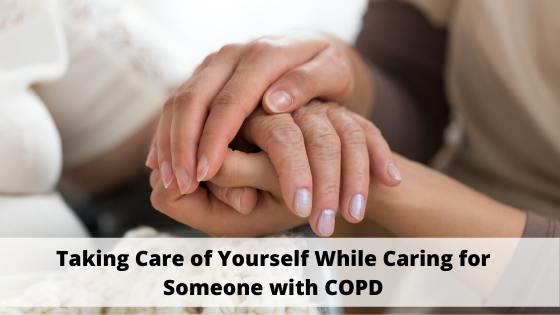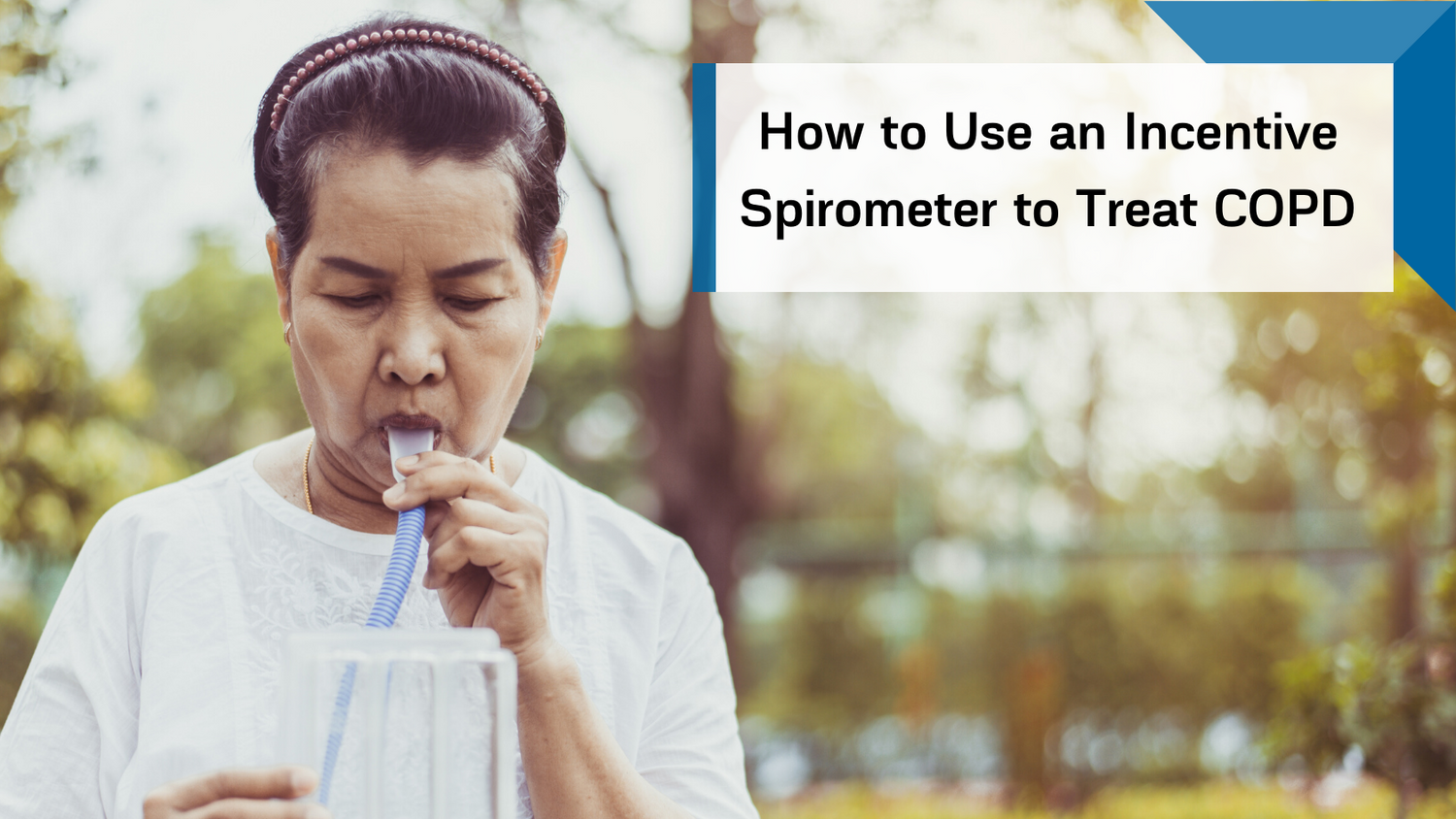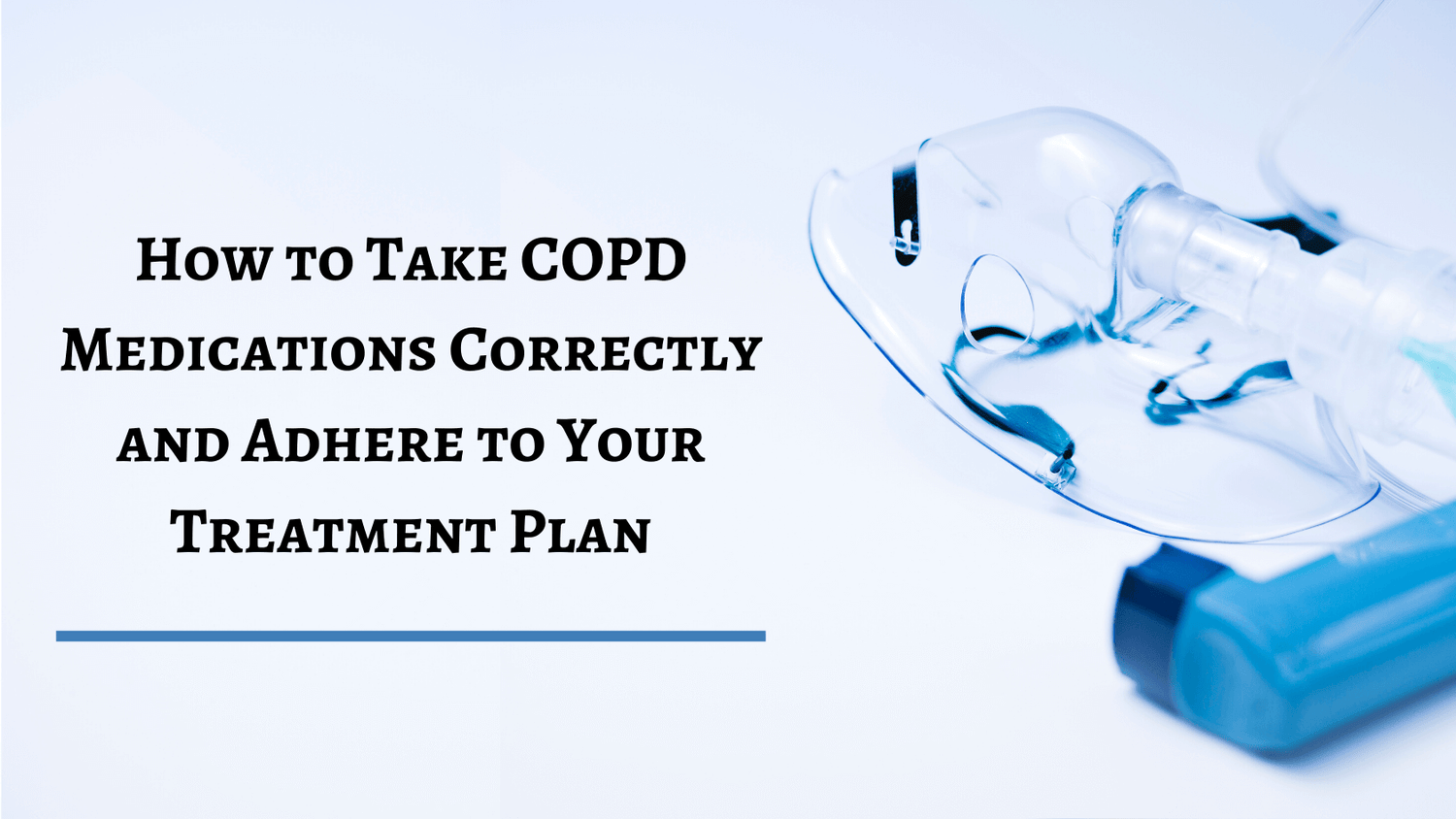Respiratory Resource Center - LPT Medical
Survival Tips for Caregivers: How to Take Care of Yourself While Caring for Someone with COPD
Being a COPD caregiver is no simple or straightforward...
Read MoreHow to Use an Incentive Spirometer to Treat COPD
Breathing exercises are an important part of COPD treatment,...
Read MoreHow to Take COPD Medications Correctly & Adhere to Your Treatment Plan
If you have COPD, your number one responsibility...
Read More


